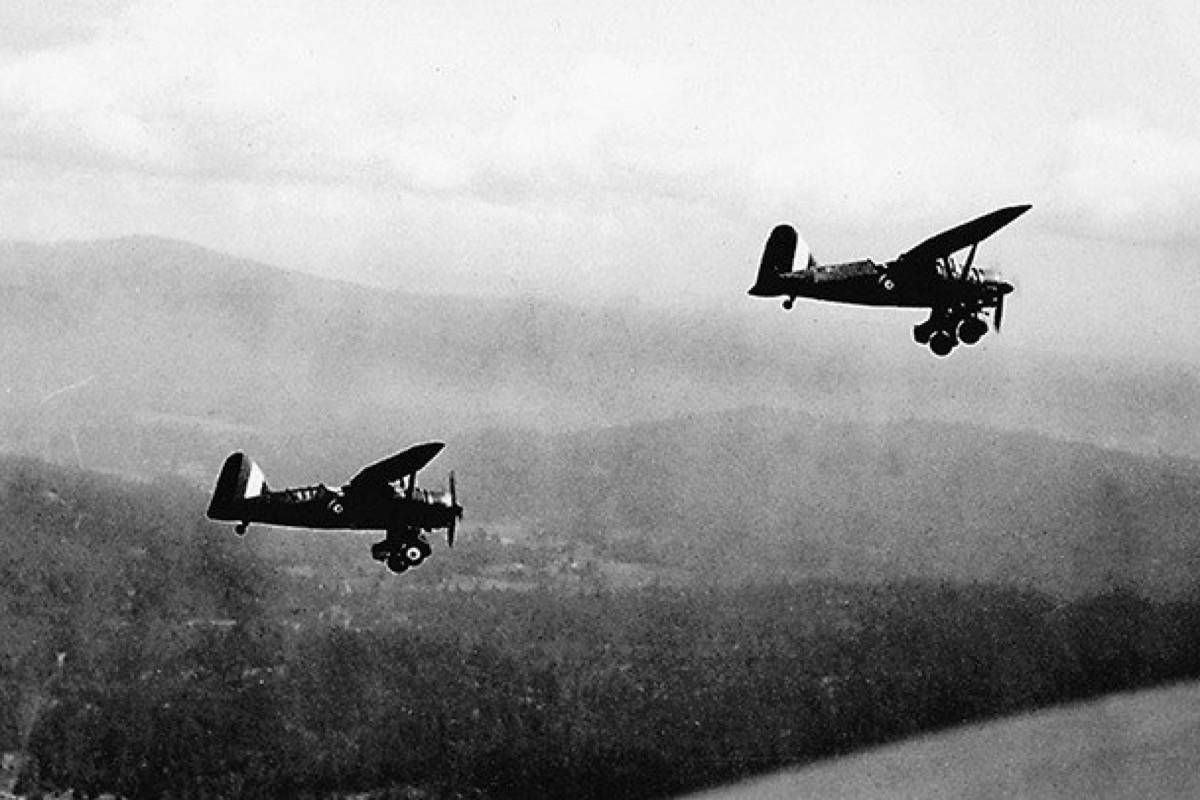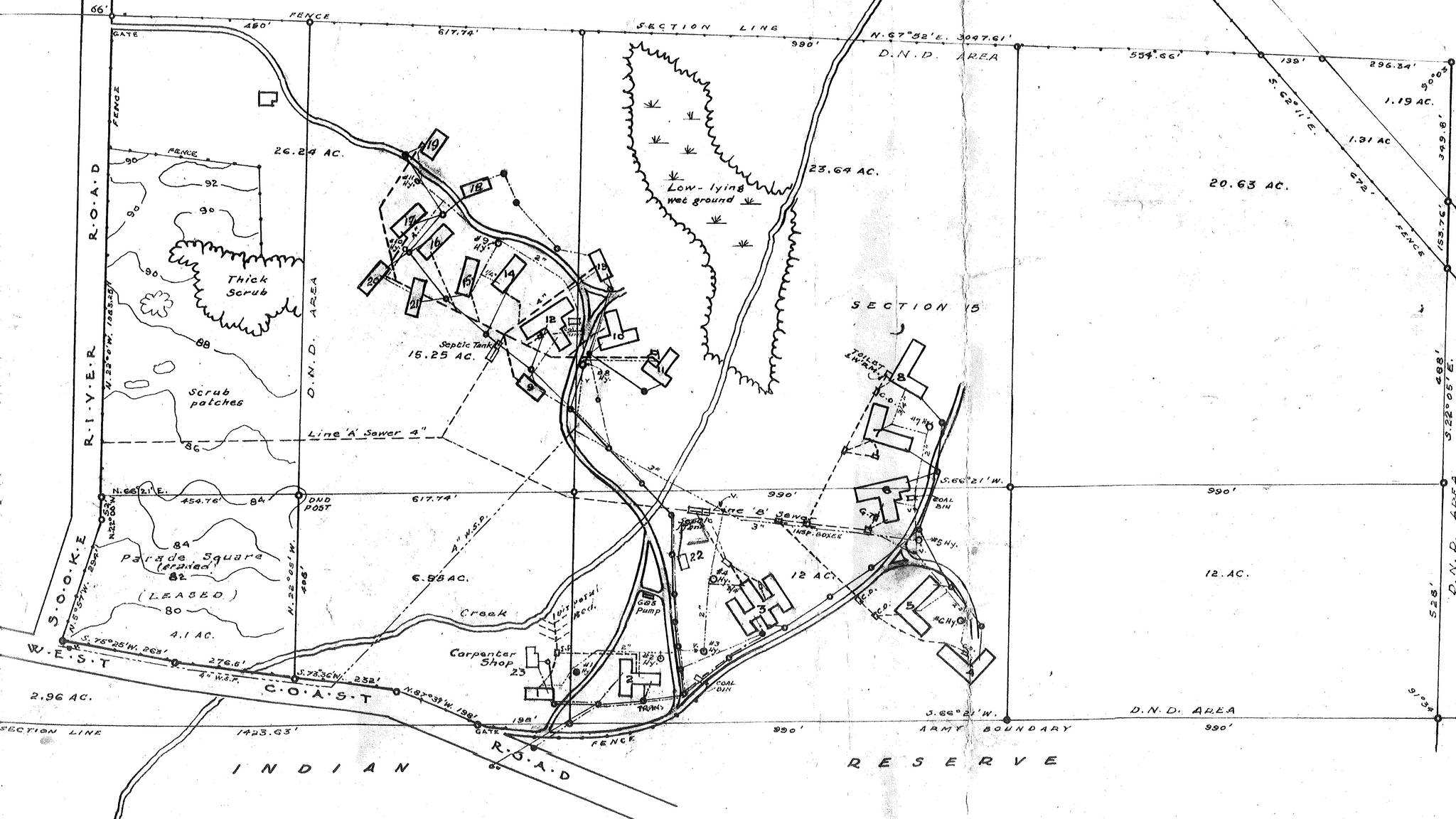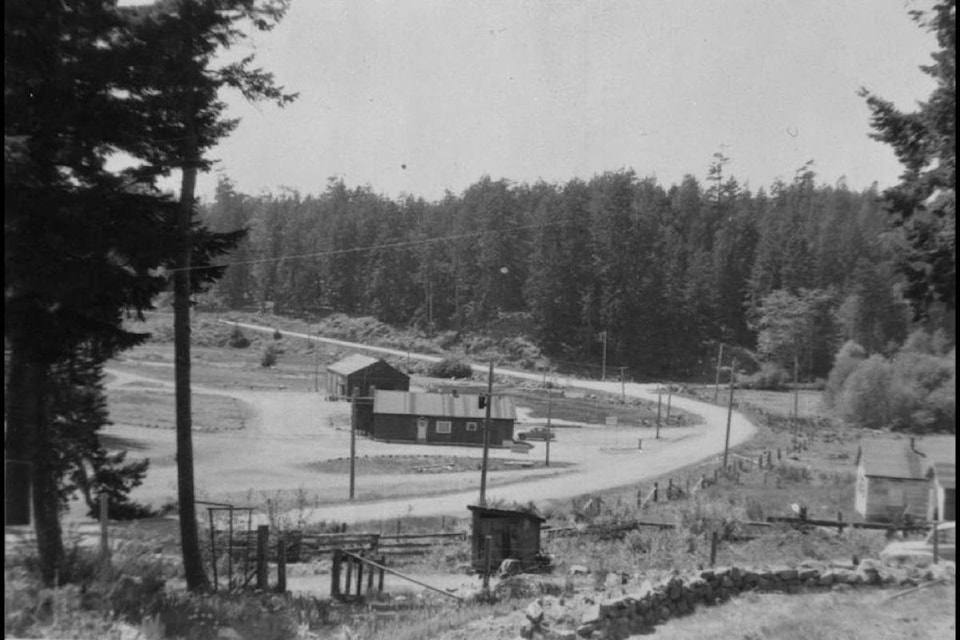When the Canadian Scottish Regiment arrived at Sooke’s Otter Point army camp in 1943, one volunteers who had gathered to set up canteens for the soldiers remarked: “I think the first group that came in were the Canadian Scottish. Seeing them parade was fascinating as they marched along the highway, playing the bagpipes.”
It’s a memory shared by the then 12-year-old Velma Jessiman, who lived near the camp.
“I remember that they had no parade ground in the camp so they would march along the roadway, pipes playing. I remember how you could see their reflection in the water beside the roadway. It’s a memory that has stuck with me,” Jessiman said.
ALSO READ: Sooke a World War Two training site
The same skirl of the pipes would echo in the ears of some of those soldiers a year later as they were lowered from the B.C. National Steamship, Prince Henry. They scrambled down to begin the run onto Juno Beach in France with the pipes urging them on to what was to be a bloody, terrifying, and courageous moment in history.
By the end of that day, the regiment was six miles inland – farther than any other regiment who landed on D-Day.
The Scottish Regiment lost 87 soldiers on D-Day and more than 200, almost a third of the battalion, were casualties by the fourth day of fighting.
The rest fought on through the war, moving through Belgium, Holland and Germany.
But, for many of those men, their war experience began with that march into Sooke.
Actually, it wasn’t only the Scottish who were brought to Otter Point for training. While they were the first, they were followed by regiments from eastern Canada, including the Sioux St. Marie and Sudbury Battalion and the Dufferin and Haldiman Rifles. In the end, several hundred men made Sooke their temporary home.
The Otter Point Camp, located at the foot of Kemp Lake Road, had originally been established during the Depression years as a relief camp for unemployed men, but with the advent of the Second World War, it had become an active training facility for hundreds of soldiers.
“I remember that they had a big gun installed on the beach beside my mom’s home. They would have aircraft drag a target behind it and they’d shoot at that,” Jessiman said.
“My father told me that, once, their gun got so hot that they had to put it into the water to cool it off.”
The Otter Point camp was the first army camp in the community, but in 1943, a second camp was opened on what is now the site of Edward Milne Community School.
“I think most of the men at that camp were from Quebec and it seemed that it was a very different sort of camp. They didn’t do the same kind of training and there was talk that these were the men from Quebec who were not all that supportive of Canada’s involvement in the war. When conscription came in these men were sent to camps to drill, but it was different,” recalled Sooke historian Elida Peers.
“The funny thing is that when we tried to get information about the camp (at the Edward Milne site) a few years ago, we were told by the federal government that it never existed. But it did, and maybe the records have just been lost.”
Peers managed to obtain a site map of the Edward Milne camp, although there are no photographs of the camp from that time.
The camps are gone now, captured by only a few photographs and the memories of some of Sooke’s residents. But those memories of the war, D-Day, and the young men who were Sooke’s guests for a time serve to mark the community’s role in the conflict.
mailto:tim.collins@sookenewsmirror.com
Like us on Facebook and follow us on Twitter


